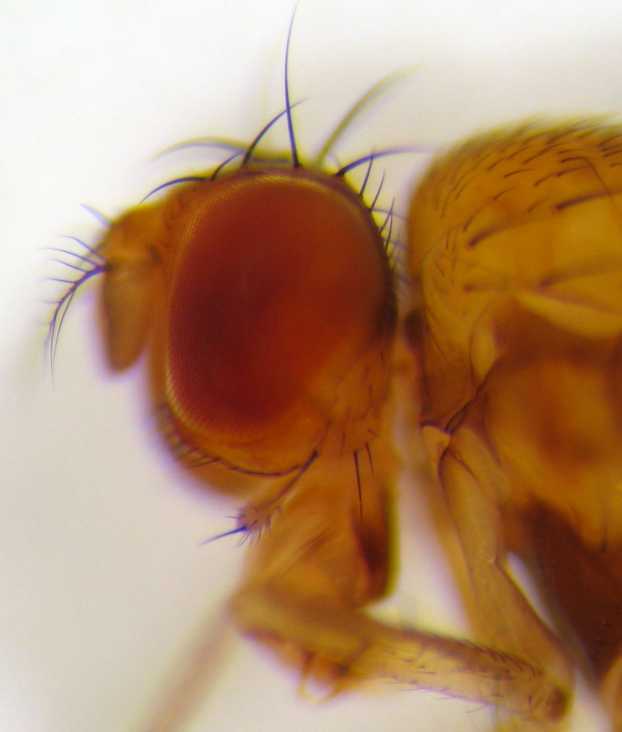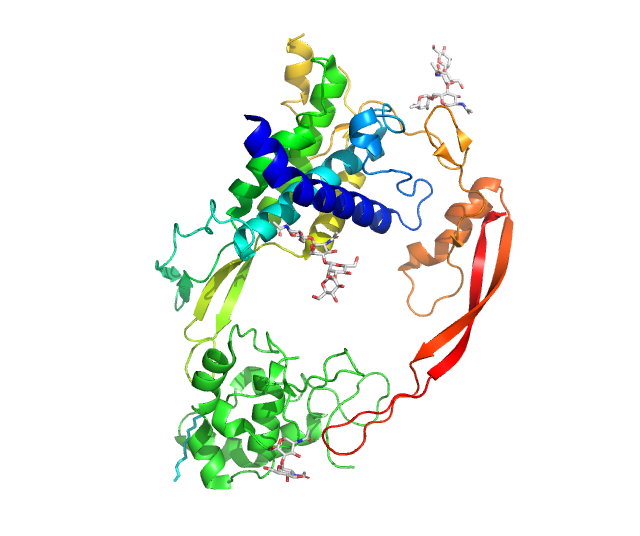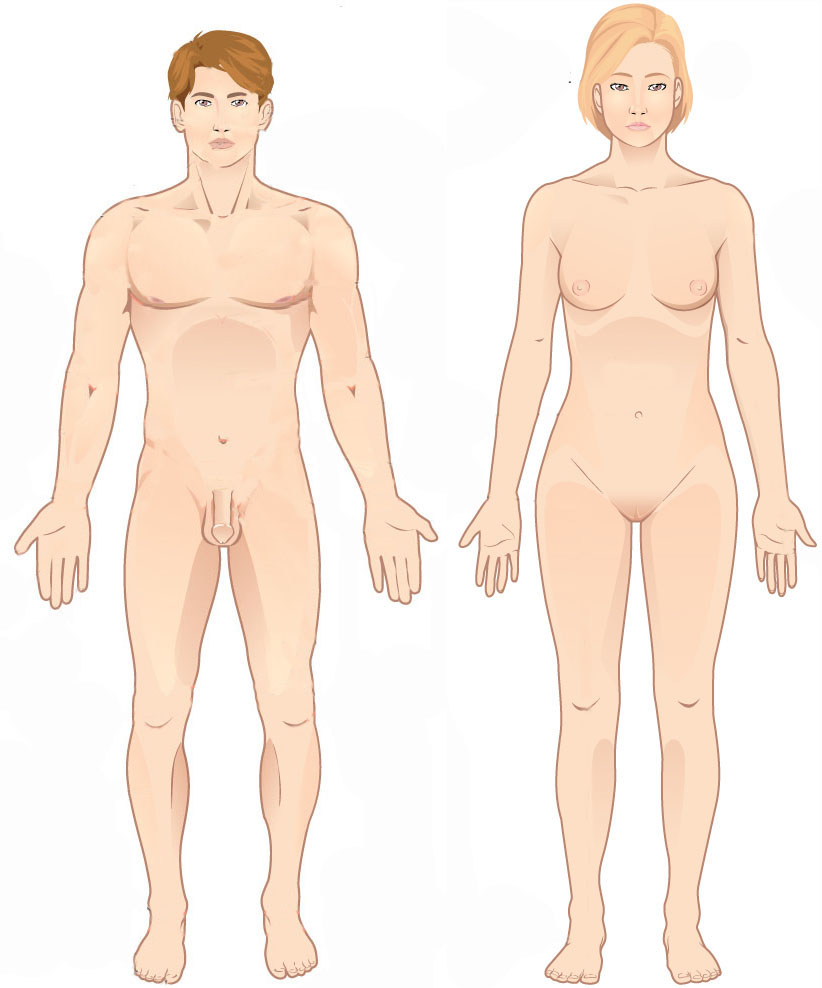|
Ultrabithorax
Ultrabithorax (Ubx) is a homeobox gene found in insects, and is used in the regulation of patterning in morphogenesis. There are many possible products of this gene, which function as transcription factor, transcription factors. Ubx is used in the specification of serially homologous structures, and is used at many levels of developmental hierarchies. In ''Drosophila melanogaster'' it is expressed in the third Thorax (insect anatomy), thoracic (T3) and first abdominal (A1) Segmentation (biology), segments and represses insect wing, wing formation. The Ubx gene regulates the decisions regarding the number of wings and legs the adult flies will have. The developmental role of the Ubx gene is determined by the splicing of its product, which takes place after translation of the gene. The specific splice factors of a particular cell allow the specific regulation of the developmental fate of that cell, by making different splice variants of transcription factors. In ''D. melanogaster' ... [...More Info...] [...Related Items...] OR: [Wikipedia] [Google] [Baidu] |
Halteres
''Halteres'' (; singular ''halter'' or ''haltere'') (from , hand-held weights to give an impetus in leaping) are a pair of small club-shaped organs on the body of two Order (biology), orders of flying insects that provide information about body rotations during flight. Insects of the large order Diptera (flies) have halteres which evolved from a pair of ancestral hindwings, while males of the much smaller order Strepsiptera (stylops)Merriam-Webster: stylops broadly: an insect of the order Strepsiptera/ref> have halteres which evolved from a pair of ancestral forewings. Halteres oscillate rapidly along with the wings and operate like vibrating structure gyroscopes: any rotation of the plane of oscillation causes a force on the vibrating halteres by the Coriolis effect. The insect detects this force with sensory organs called campaniform sensilla and chordotonal organs located at the base of the halteres and uses this information to interpret and correct its position in space. ... [...More Info...] [...Related Items...] OR: [Wikipedia] [Google] [Baidu] |
Haltere
''Halteres'' (; singular ''halter'' or ''haltere'') (from , hand-held weights to give an impetus in leaping) are a pair of small club-shaped organs on the body of two orders of flying insects that provide information about body rotations during flight. Insects of the large order Diptera (flies) have halteres which evolved from a pair of ancestral hindwings, while males of the much smaller order Strepsiptera (stylops)Merriam-Webster: stylops broadly: an insect of the order Strepsiptera/ref> have halteres which evolved from a pair of ancestral forewings. Halteres oscillate rapidly along with the wings and operate like vibrating structure gyroscopes: any rotation of the plane of oscillation causes a force on the vibrating halteres by the Coriolis effect. The insect detects this force with sensory organs called campaniform sensilla and chordotonal organs located at the base of the halteres and uses this information to interpret and correct its position in space. Halteres provide ... [...More Info...] [...Related Items...] OR: [Wikipedia] [Google] [Baidu] |
Differentiation (cellular)
Cellular differentiation is the process in which a stem cell changes from one type to a differentiated one. Usually, the cell changes to a more specialized type. Differentiation happens multiple times during the development of a multicellular organism as it changes from a simple zygote to a complex system of tissues and cell types. Differentiation continues in adulthood as adult stem cells divide and create fully differentiated daughter cells during tissue repair and during normal cell turnover. Some differentiation occurs in response to antigen exposure. Differentiation dramatically changes a cell's size, shape, membrane potential, metabolic activity, and responsiveness to signals. These changes are largely due to highly controlled modifications in gene expression and are the study of epigenetics. With a few exceptions, cellular differentiation almost never involves a change in the DNA sequence itself. Metabolic composition, however, gets dramatically altered where stem cel ... [...More Info...] [...Related Items...] OR: [Wikipedia] [Google] [Baidu] |
Drosophila Melanogaster Genes
''Drosophila'' (), from Ancient Greek δρόσος (''drósos''), meaning "dew", and φίλος (''phílos''), meaning "loving", is a genus of fly, belonging to the family Drosophilidae, whose members are often called "small fruit flies" or pomace flies, vinegar flies, or wine flies, a reference to the characteristic of many species to linger around overripe or rotting fruit. They should not be confused with the Tephritidae, a related family, which are also called fruit flies (sometimes referred to as "true fruit flies"); tephritids feed primarily on unripe or ripe fruit, with many species being regarded as destructive agricultural pests, especially the Mediterranean fruit fly. One species of ''Drosophila'' in particular, ''Drosophila melanogaster'', has been heavily used in research in genetics and is a common model organism in developmental biology. The terms "fruit fly" and "''Drosophila''" are often used synonymously with ''D. melanogaster'' in modern biological literatur ... [...More Info...] [...Related Items...] OR: [Wikipedia] [Google] [Baidu] |
Bxd (gene)
Bithoraxoid (bxd) is a long non-coding RNA found in ''Drosophila''. It silences the expression of the Ultrabithorax (Ubx) gene by transcriptional Transcription is the process of copying a segment of DNA into RNA for the purpose of gene expression. Some segments of DNA are transcribed into RNA molecules that can encode proteins, called messenger RNA (mRNA). Other segments of DNA are transc ... interference. References Further reading * * * * * * External links * * * * * * * {{Rfam, id=RF01932, name=Bithoraxoid conserved region 4 Non-coding RNA ... [...More Info...] [...Related Items...] OR: [Wikipedia] [Google] [Baidu] |
Long Non-coding RNA
Long non-coding RNAs (long ncRNAs, lncRNA) are a type of RNA, generally defined as transcripts more than 200 nucleotides that are not translated into protein. This arbitrary limit distinguishes long ncRNAs from small non-coding RNAs, such as microRNAs (miRNAs), small interfering RNAs (siRNAs), Piwi-interacting RNAs (piRNAs), small nucleolar RNAs (snoRNAs), and other short RNAs. Given that some lncRNAs have been reported to have the potential to encode small proteins or micro-peptides, the latest definition of lncRNA is a class of transcripts of over 200 nucleotides that have no or limited coding capacity. However, John S. Mattick and colleagues suggested to change definition of long non-coding RNAs to transcripts more than 500 nt, which are mostly generated by Pol II. That means that question of lncRNA exact definition is still under discussion in the field. Long intervening/intergenic noncoding RNAs (lincRNAs) are sequences of transcripts that do not overlap protein-coding gen ... [...More Info...] [...Related Items...] OR: [Wikipedia] [Google] [Baidu] |
Hunchback (gene)
Hunchback is a maternal effect and zygotic gene expressed in the embryos of the fruit fly ''Drosophila melanogaster''. In maternal effect genes, the RNA or protein from the mother’s gene is deposited into the oocyte or embryo before the embryo can express its own zygotic genes. Hunchback is a morphogen, meaning the concentration gradient of ''Hunchback'' at a specific region determines the segment or body part it develops into. This is possible because ''Hunchback'' is a transcription factor protein that binds to genes’ regulatory regions, changing RNA expression levels. ''Hunchback'' expression pathway Maternal ''Hunchback'' RNA enters the embryo at the syncytial blastoderm stage, where the entire embryo has undergone many nuclear divisions but has one communal cytoplasm, allowing for RNA to disperse freely throughout the embryo. This allows the maternal effect genes ''Hunchback'', ''Bicoid'', ''Nanos'', and ''Caudal'' to regulate zygotic genes to create different identi ... [...More Info...] [...Related Items...] OR: [Wikipedia] [Google] [Baidu] |
Lepidoptera
Lepidoptera ( ) or lepidopterans is an order (biology), order of winged insects which includes butterflies and moths. About 180,000 species of the Lepidoptera have been described, representing 10% of the total described species of living organisms, making it the second largest insect order (behind Coleoptera) with 126 family (biology), families and 46 Taxonomic rank, superfamilies, and one of the most widespread and widely recognizable insect orders in the world. Lepidopteran species are characterized by more than three derived features. The most apparent is the presence of scale (anatomy), scales that cover the torso, bodies, large triangular Insect wing, wings, and a proboscis for siphoning nectars. The scales are modified, flattened "hairs", and give butterflies and moths their wide variety of colors and patterns. Almost all species have some form of membranous wings, except for a few that have reduced wings or are wingless. Mating and the laying of eggs is normally performe ... [...More Info...] [...Related Items...] OR: [Wikipedia] [Google] [Baidu] |
Dorsoventral
Standard anatomical terms of location are used to describe unambiguously the anatomy of humans and other animals. The terms, typically derived from Latin or Greek roots, describe something in its standard anatomical position. This position provides a definition of what is at the front ("anterior"), behind ("posterior") and so on. As part of defining and describing terms, the body is described through the use of anatomical planes and axes. The meaning of terms that are used can change depending on whether a vertebrate is a biped or a quadruped, due to the difference in the neuraxis, or if an invertebrate is a non-bilaterian. A non-bilaterian has no anterior or posterior surface for example but can still have a descriptor used such as proximal or distal in relation to a body part that is nearest to, or furthest from its middle. International organisations have determined vocabularies that are often used as standards for subdisciplines of anatomy. For example, '' Termino ... [...More Info...] [...Related Items...] OR: [Wikipedia] [Google] [Baidu] |
Wingless
In cellular biology, the Wnt signaling pathways are a group of signal transduction pathways which begin with proteins that pass signals into a cell through cell surface receptors. The name Wnt, pronounced "wint", is a portmanteau created from the names Wingless and Int-1. Wnt signaling pathways use either nearby cell-cell communication (paracrine) or same-cell communication (autocrine). They are highly evolutionarily conserved in animals, which means they are similar across animal species from fruit flies to humans. Three Wnt signaling pathways have been characterized: the canonical Wnt pathway, the noncanonical planar cell polarity pathway, and the noncanonical Wnt/calcium pathway. All three pathways are activated by the binding of a Wnt-protein ligand to a Frizzled family receptor, which passes the biological signal to the Dishevelled protein inside the cell. The canonical Wnt pathway leads to regulation of gene transcription, and is thought to be negatively regulated in part ... [...More Info...] [...Related Items...] OR: [Wikipedia] [Google] [Baidu] |
Posterior (anatomy)
Standard anatomical terms of location are used to describe unambiguously the anatomy of humans and other animals. The terms, typically derived from Latin or Greek language, Greek roots, describe something in its standard anatomical position. This position provides a definition of what is at the front ("anterior"), behind ("posterior") and so on. As part of defining and describing terms, the body is described through the use of anatomical planes and anatomical axes, axes. The meaning of terms that are used can change depending on whether a vertebrate is a biped or a quadruped, due to the difference in the neuraxis, or if an invertebrate is a non-bilaterian. A non-bilaterian has no anterior or posterior surface for example but can still have a descriptor used such as proximal or distal in relation to a body part that is nearest to, or furthest from its middle. International organisations have determined vocabularies that are often used as standards for subdisciplines of anatomy. ... [...More Info...] [...Related Items...] OR: [Wikipedia] [Google] [Baidu] |







